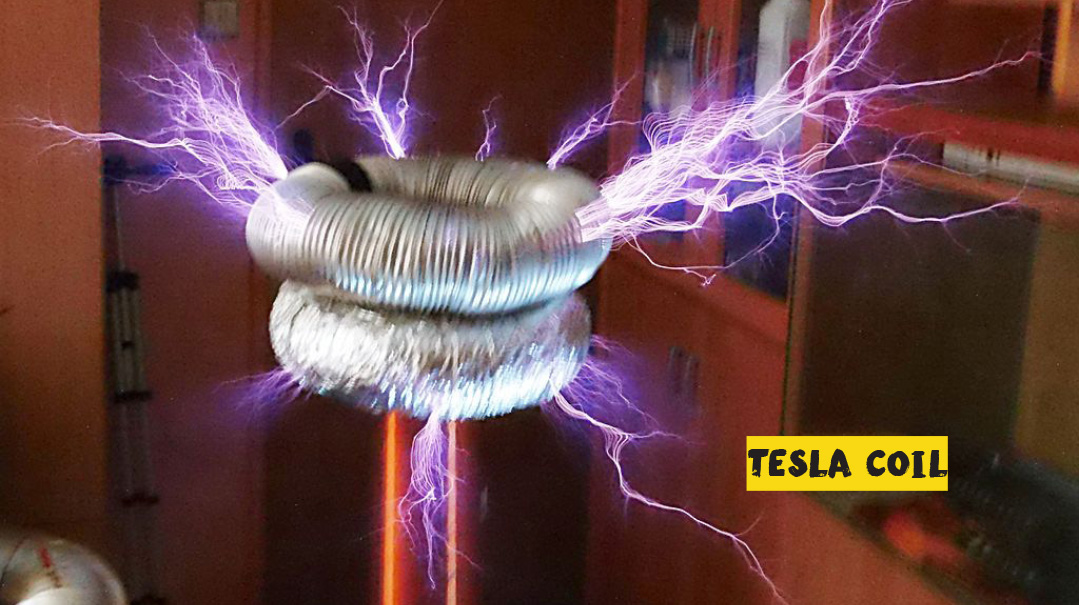Inventions that Didn’t Change the World

Here are a bunch of awesome inventions that could have, — should have — changed the world forever, but didn’t

There are so many inventions that changed the world. Electricity, the telephone, trains, airplanes, cars. But for every invention that made it, thousands more never took off.
Here are a bunch of awesome inventions that could have, — should have — changed the world forever, but didn’t.

Going Wireless
Nikola Tesla is the famous Serbian-American inventor who changed the world of electricity. In 1888, he invented the alternating current (AC), which made electricity cheaper and more efficient. It’s still the form of electricity used to power homes and businesses today.
Tesla (the inventor, not the car brand that’s named after the inventor) made many important inventions that are still used today, like Tesla coil — an induction coil that produces high-frequency AC and is used in radio and other electronic equipment.
World Wireless System
But one of Tesla’s more radical inventions never saw the light of day. After inventing a type of electricity that needed wires, he began to dream of electric energy that was wireless. He called his dream the “World Wireless System,” because he wanted to use it to connect the entire world. Imagine being able to send messages to all parts of the world at once!
Um, I can totally imagine that. Isn’t it called radio waves? Well, yes, it is. In 1888, Heinrich Hertz had discovered radio waves, which were soon used to transmit messages. But many scientists, including Nikola Tesla, believed that radio waves could only travel in a straight line (like light waves), and would get lost in the atmosphere. (Spoiler: They were wrong.)
Tesla decided that he could find something better than radio waves. He had already invented the wireless lightbulb — a long tube filled with gases that lit up when it came near an electric current. Seeing that wireless was definitely a thing, he wanted to take it to the next level. He figured that he could somehow use the Earth’s own electrical charge to transmit electricity without wires or cables.
He convinced the powerful banker, J. P. Morgan, to fund his invention, and built a power plant on Long Island. The Wardenclyffe plant in Shoreham, NY was a power plant like no other. It was a wireless plant. The plain brick building had a huge wooden structure on it with an even bigger metal cupola (dome) that Tesla called a “magnifying apparatus for transmitting electrical energy.” Inside was a huge steel shaft that was buried into the ground. Tesla believed that he could inject the Earth with an electrical current, and that the Earth’s electric charge would transmit the current to power devices all over the world.
Competition
But Tesla had a competitor in the wireless business. Remember Heinrich Hertz’s discovery of radio waves? Guglielmo Marconi was an Italian inventor who figured out how to use those radio waves to communicate. Basically, Marconi invented the radio! In 1897, he managed to send the first radio message to a ship off the coast of Long Island. J. P. Morgan loved it! The banker loved Marconi’s wireless invention even more when, in 1901, the inventor sent a wireless transmission all the way across the Atlantic. Tesla, on the other hand, had yet to produce results. Morgan refused to give Tesla any more money for his grandiose plan, and the World Wireless System was officially kaput.
Eyewitnesses say that for a few days in 1903, just after Morgan pulled his funding from Tesla, the Wardenclyffe tower shot off bright flashes into the sky. The currents were so strong, they looked like lightning going in the wrong direction. But after that, Wardenclyffe never operated again.
In 1917, Wardenclyffe Tower was demolished and sold for scrap materials to help pay off Nikola Tesla’s debts. His invention that never happened was his undoing. Nikola Tesla may have died a pauper, but his World Wireless System paved the way for today’s wireless charging technology and global wireless networks (like Wi-Fi). Tesla’s failed invention was way before its time. Now that wireless technology is a reality, everyone agrees that Nikola Tesla’s big dream paved the way.
Oops! We could not locate your form.












